Essential Pastel Techniques: Turn Your Pastel Painting Problems Into Beautiful Paintings!
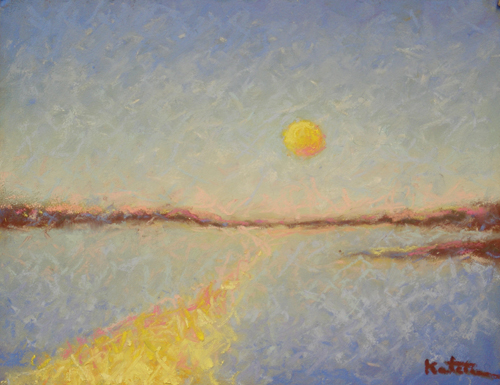
By Carole Katchen
It’s always exciting to start a new pastel painting. The first strokes are full of promise, then, suddenly, it can all fall apart. When this happens, most artists crumple up the painting, throw it in the trash and start over. I’ve found, however, that there’s almost always a solution to the problem. Consider three of my problem paintings and my solutions for them below, and revisit and re-evaluate those unsuccessful works of your own!
Dancing Sunlight
Problem: values and/or colors are off
Solution:
In the first phase, the painting is made up of all bright colors with little regard to value. The only obvious value change is from the darker blue at the top and bottom of the painting that gets lighter as it approaches the horizon. This one value change does begin to give a sense of receding space; however, the painting is still relatively flat.
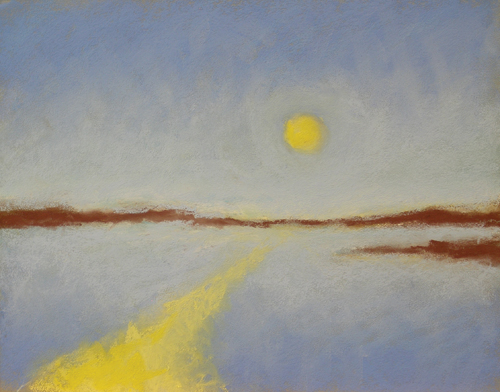
I added strokes of complementary oranges to the blues in order to gray out some of the color in the distance, thus moving the horizon even further away. I also added some pink and orange to the yellow areas and along the horizon. This gives more richness of color. Also, by breaking up the colors and values with many smaller strokes, I created a sense of atmosphere.

A Fine Red
Problem: failed painting
Solution:
A Fine Red started out as an unsuccessful portrait of a couple. I knew I had painted better images of the two, so I wiped out my initial painting, turned it upside down and drew a new image on my paper. Because I worked on Colourfix, I was able to block in a new image with acrylic. Working over the dry acrylic with pastel, I then changed my scene again by bringing the waiter forward and changing his position. I further developed the figures at the lower table and softened everything in the background.
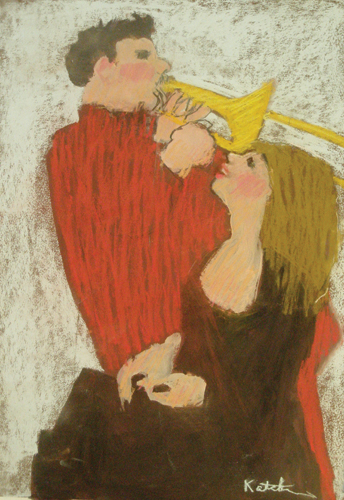


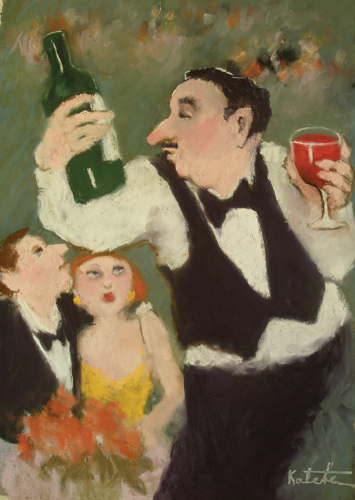
Girls’ Night Out
Problem: shapes don’t work
Solution:
In the initial painting, the figures are all leaning to the left and aren’t interacting with each other. I wiped out some of the background color and sprayed the piece lightly with workable fixative. I changed the shapes of the women on the right so that they’re now looking at each other. I then added several more figures in the background. These additional shapes give the composition more depth and complexity. Because I had sprayed the painting, I was able to change the background color to make the painting appear more spacious.
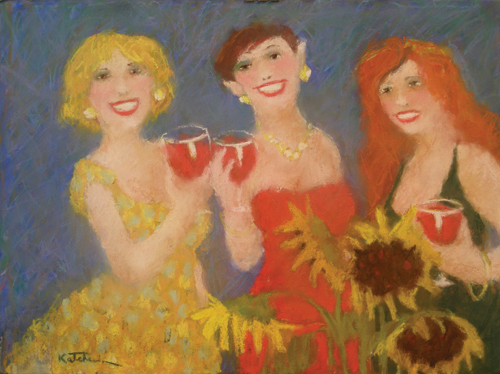

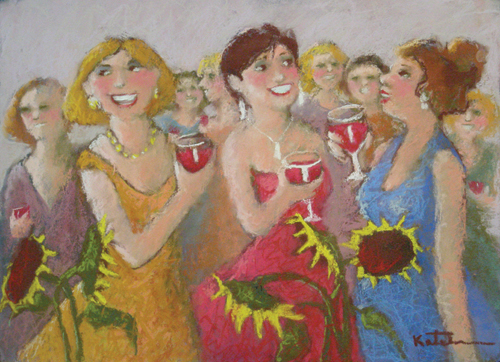
Artist Carole Katchen (www.carolekatchen.com) is author of Creative Painting With Pastel (North Light Books, 1997) and Express Yourself With Pastel (International Artist Publishing, 2001). Learn more tips and pastel techniques from the artist in the April 2014 issue of Pastel Journal, available at northlightshop.com or on newsstands March 11.
Subscribe to Pastel Journal magazine
Watch pastel art workshops on demand at ArtistsNetwork.TV
Get unlimited access to over 100 art instruction ebooks
Online seminars for fine artists
Find pastel painting downloads, books, videos and more
Sign up for your Artists Network email newsletter and receive a FREE download





Have a technical question?
Contact UsJoin the Conversation!